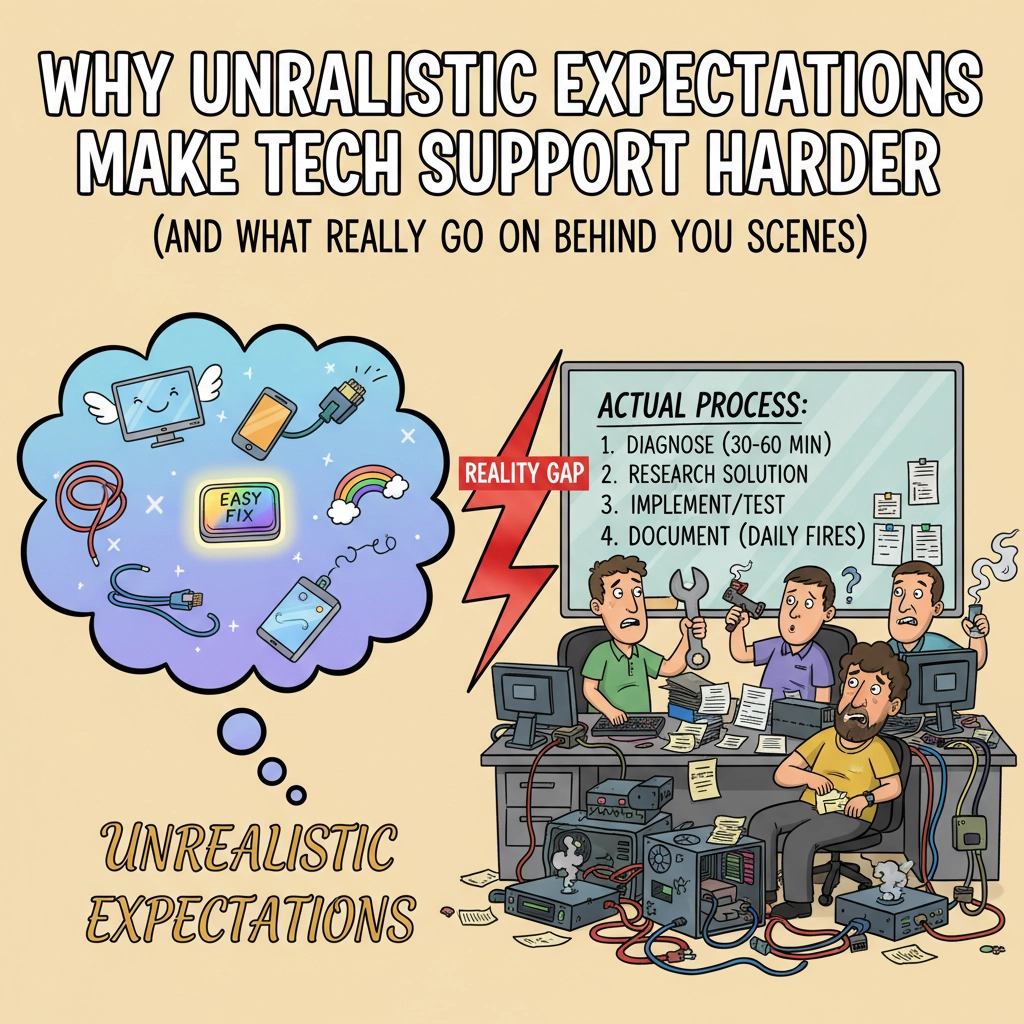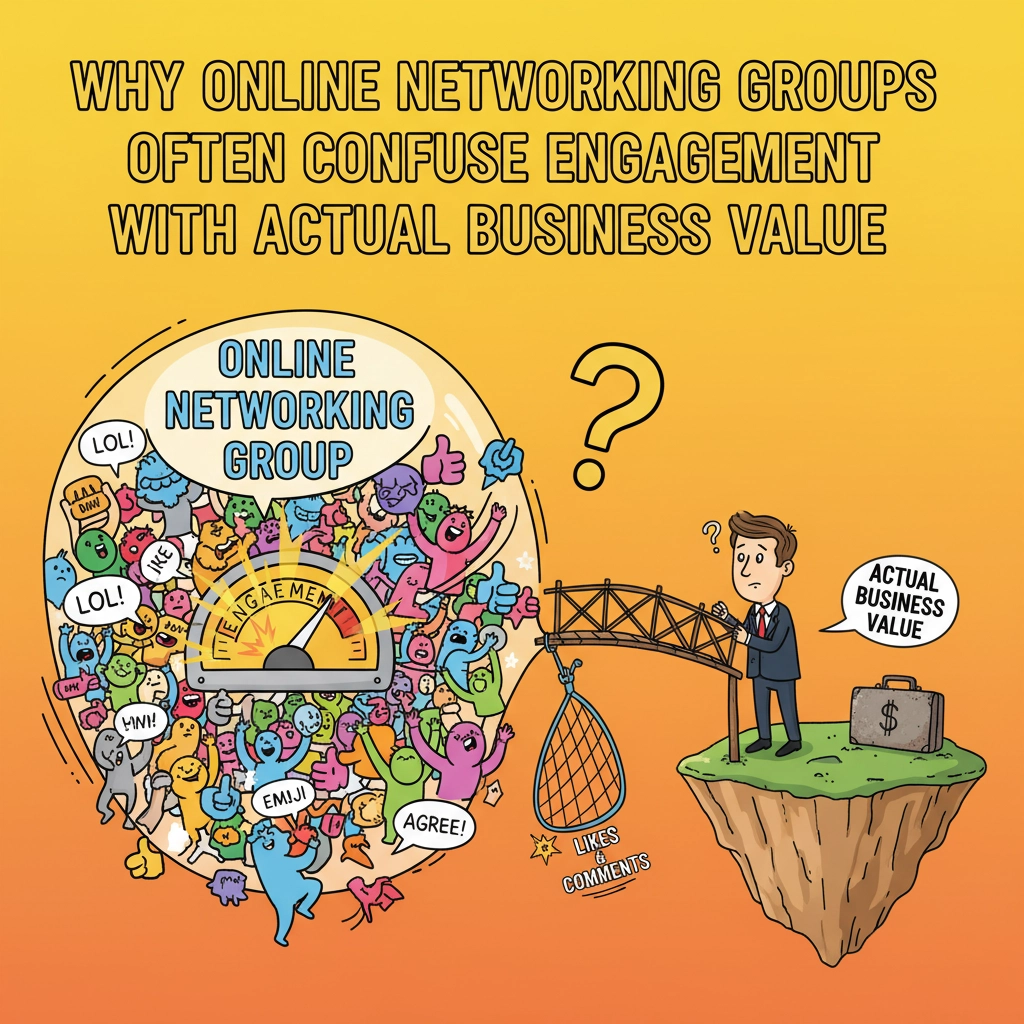In 2025, the average cost of a data breach for small to medium-sized businesses has climbed to a staggering $180,000. Yet surprisingly, many business owners still view robust cybersecurity as an optional expense rather than a critical investment. It’s a perspective that can lead to devastating consequences.
As digital transformation accelerates, cybercriminals are becoming increasingly sophisticated in their attacks, targeting businesses of all sizes. The uncomfortable truth? Small businesses are often seen as low-hanging fruit—valuable targets with typically weaker security measures.
At Your Personal Ninja, we’ve seen firsthand how cutting corners on cybersecurity can transform from a short-term savings into a business-threatening disaster. Let’s explore why skimping on security is a risky gamble and how you can make smart investments that actually protect your bottom line.
The Hidden Price Tag of Security Shortcuts
When business owners evaluate expenses, cybersecurity often falls into that tricky category of “important but not urgent”—until it suddenly becomes extremely urgent. The true cost of inadequate security extends far beyond the initial attack.
Financial Fallout
The direct costs alone can be crippling:
- Emergency incident response services (often billed at premium rates)
- Forensic investigations to determine the extent of the breach
- Data recovery efforts, which may or may not be successful
- Legal fees related to breach notification and potential lawsuits
- Regulatory fines for non-compliance with data protection regulations
But that’s just the beginning. The long-tail costs can be even more devastating:
- Lost revenue during operational downtime
- Customer compensation and credit monitoring services
- Increased insurance premiums following an incident
- Decreased valuation and potential investor flight
The Trust Tax
Perhaps the most significant long-term cost is the erosion of trust. When customers learn their data has been compromised, their confidence in your business takes a massive hit. According to recent studies, 60% of small businesses close within six months of a cyber attack—not always due to immediate financial losses, but because of the devastating impact on customer relationships and reputation.

As one client told us after recovering from a ransomware attack: “We spent years building our reputation and customer base. It took just one breach to make us feel like we were starting from scratch.”
Common Security Corners Businesses Cut (And Why They’re So Dangerous)
Understanding where businesses typically underinvest in security can help you avoid these costly mistakes.
1. “We’ll update those systems next quarter”
Postponing software updates and security patches is like leaving your front door unlocked because you’re too busy to turn the key. Cybercriminals actively scan for outdated systems, knowing they contain known vulnerabilities. What seems like a harmless delay can create the perfect entry point for attackers.
2. “Our employees know not to click suspicious links”
Without formal, regular security training, this assumption is dangerously optimistic. Human error remains the leading cause of security breaches, with phishing attacks growing more sophisticated by the day. Investing in regular training is far less expensive than dealing with the aftermath of a successful social engineering attack.
3. “We’re too small to be a target”
This dangerous myth leads many small businesses to implement minimal security measures. The reality? Attackers often prefer smaller targets precisely because they typically have valuable data but fewer security resources. Automated attacks don’t discriminate by company size—they simply look for vulnerabilities.
4. “We’ve got antivirus software, so we’re covered”
Basic antivirus is just one component of a comprehensive security strategy. Without additional layers like firewalls, email filtering, multi-factor authentication, and regular security assessments, you’re still highly vulnerable to numerous attack vectors.
The Compounding Cost of Security Debt
Much like financial debt, security debt compounds over time. Each postponed update, delayed training session, or “temporary” workaround creates vulnerability that accumulates interest in the form of increased risk.
Consider this:
- A $1,500 investment in multi-factor authentication might seem expensive today
- But compared to the average ransomware payment of $100,000 (plus recovery costs), it’s a bargain
- And when you factor in the potential loss of customer trust and business interruption, that initial investment becomes one of your wisest financial decisions

Smart Cybersecurity Investments: Where to Spend for Maximum Protection
The good news? Effective cybersecurity doesn’t necessarily require enterprise-level budgets. Strategic investments in the right areas can significantly reduce your risk profile without breaking the bank.
1. Start With a Professional Security Assessment
You can’t protect what you don’t understand. A comprehensive security assessment provides a clear picture of your current vulnerabilities and helps prioritize your investments. Think of it as a cybersecurity roadmap, guiding your spending where it matters most.
Many business owners we work with are surprised to discover their most significant vulnerabilities aren’t where they expected. A professional assessment cuts through assumptions and provides data-driven insights.
2. Prioritize These Essential Security Measures
Based on years of experience helping businesses strengthen their security posture, we recommend prioritizing:
- Endpoint protection: Modern solutions that go beyond traditional antivirus to detect suspicious behaviors
- Multi-factor authentication: Particularly for email, remote access, and admin accounts
- Regular data backups: Following the 3-2-1 rule (three copies, two different media types, one off-site)
- Email security: Advanced filtering and anti-phishing capabilities
- Security awareness training: Regular, engaging training sessions for all employees
3. Consider a Managed Security Approach
For many small to medium businesses, partnering with a managed security service provider offers the best value proposition. Rather than hiring full-time security staff or cobbling together partial solutions, working with specialists gives you:
- Access to enterprise-grade security tools at a fraction of the cost
- 24/7 monitoring and threat detection capabilities
- Security expertise without the overhead of full-time specialists
- Scalable protection that grows with your business
The most cost-effective approach is often a hybrid model that combines internal best practices with external expertise for more complex security functions.
4. Plan for Incident Response Before You Need It
Having an incident response plan isn’t admitting defeat—it’s smart business planning. Companies that have well-rehearsed response plans typically experience 38% lower costs when breaches occur. Your plan should include:
- Clear roles and responsibilities
- Communication procedures (internal and external)
- Step-by-step containment and recovery protocols
- Contact information for essential resources and partners
- Regular testing and updates

The ROI of Proactive Cybersecurity
When evaluating cybersecurity investments, many business owners make the mistake of viewing these expenses purely as insurance—something you pay for but hope never to use. A more accurate perspective sees cybersecurity as operational strengthening that delivers ongoing benefits:
- Competitive advantage: Increasingly, strong security posture is becoming a selling point, particularly when handling sensitive client data
- Operational efficiency: Well-secured systems experience fewer disruptions and performance issues
- Business enablement: Robust security allows you to confidently adopt new technologies and expand digital offerings
- Regulatory compliance: Proactive security measures often satisfy multiple compliance requirements simultaneously
At Your Personal Ninja, we’ve seen businesses transform their perspective on security spending from viewing it as a necessary evil to recognizing it as a business enabler.
Making Smart Security Decisions for Your Business
The landscape of cybersecurity can seem overwhelming, but breaking it down into manageable steps makes it far more approachable:
- Assess your current security posture and understand your specific risk profile
- Prioritize your investments based on your most significant vulnerabilities
- Implement foundational security measures before moving to more advanced solutions
- Develop and test incident response capabilities
- Consider partnering with security specialists for more complex security functions
Remember that cybersecurity isn’t a one-time project but an ongoing process. The threat landscape continues to evolve, and your security approach needs to evolve with it.
The Bottom Line
When it comes to cybersecurity, the old adage holds true: an ounce of prevention is worth a pound of cure. The businesses that thrive in today’s digital landscape aren’t necessarily those with the biggest security budgets, but those that invest strategically in the right protections for their specific needs.
As you evaluate your own security investments, consider not just the cost of implementing various security measures, but the potential cost of not implementing them. That perspective shift often makes it much clearer which investments truly deliver value.
Ready to take a more strategic approach to your cybersecurity? Visit our services page to learn how we help businesses like yours protect what matters most.
Share this:
- Click to share on Facebook (Opens in new window) Facebook
- Click to share on Tumblr (Opens in new window) Tumblr
- Click to share on X (Opens in new window) X
- Click to share on Pocket (Opens in new window) Pocket
- Click to share on Pinterest (Opens in new window) Pinterest
- Click to share on LinkedIn (Opens in new window) LinkedIn




